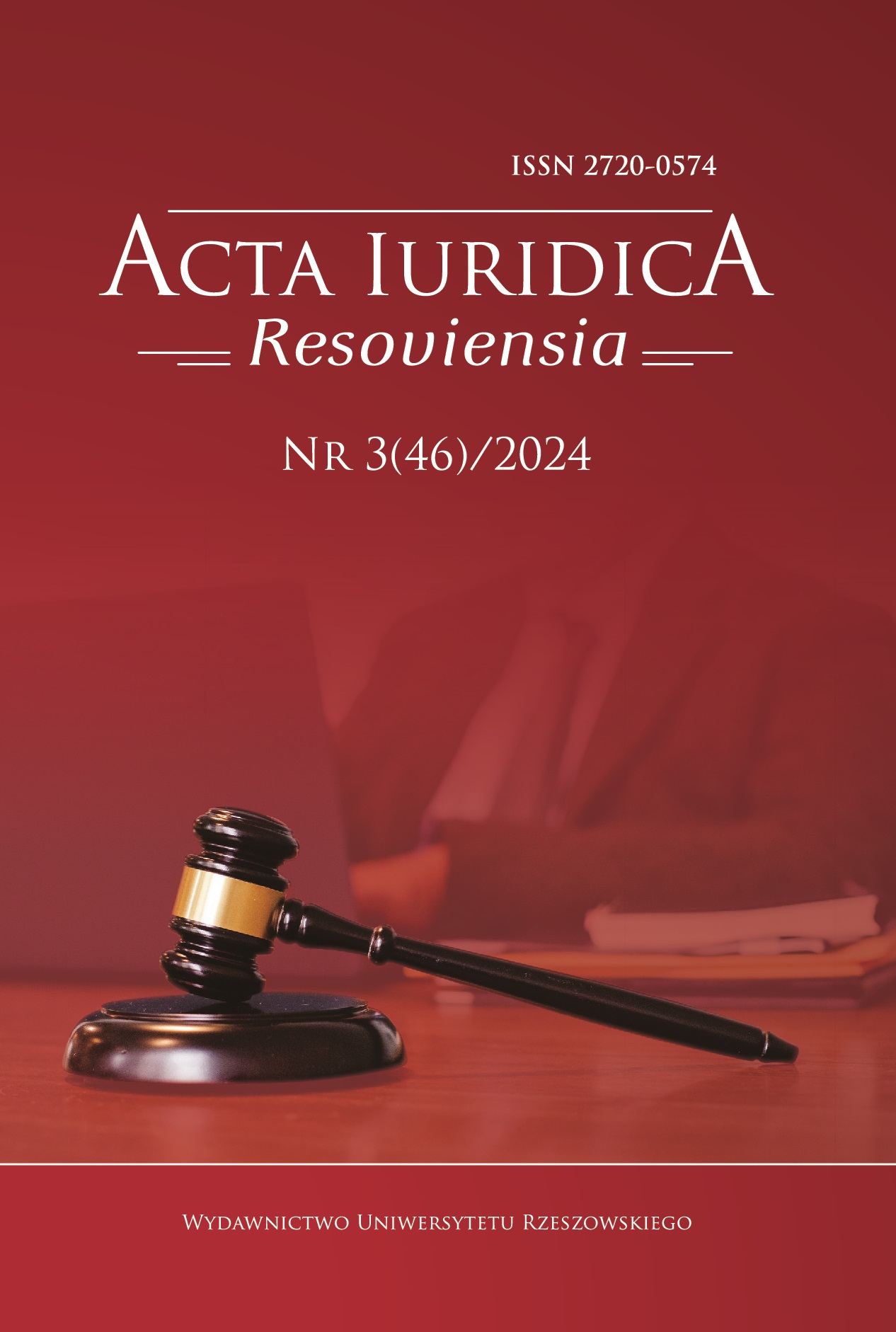Derisking/debanking as “methods” of providing security?
DOI:
https://doi.org/10.15584/actaires.2024.3.2Keywords:
derisking, debanking, money laundering, terrorist financing, sanctions, riskAbstract
The assumptions of the AML/CFT system favored the bottom-up initiative of mandatory institutions in assessing the risk of the institution and the individual customer. Over time, in view of this state of affairs, the negative practice of risk elimination in the form of derisking and debanking has developed. It consists of avoiding risk assessment through collective and generic disallowance of contracts with specific customers and termination of contracts already concluded. This state of affairs does not neutralize the risk but only shifts it to other areas to entities that are weaker in identifying the risk. Derisking/debanking, despite its negative assessment, has also expanded into other areas of society beyond AML/CFT. At the same time, it has become an element used in discrimination based on conditions: economic, racial, national origin.
Downloads
Downloads
Published
How to Cite
Issue
Section
License
Copyright (c) 2024 Acta Iuridica Resoviensia (formelry: The Scientific Journal of the University of Rzeszow, Law Series)

This work is licensed under a Creative Commons Attribution-NonCommercial-NoDerivatives 4.0 International License.

